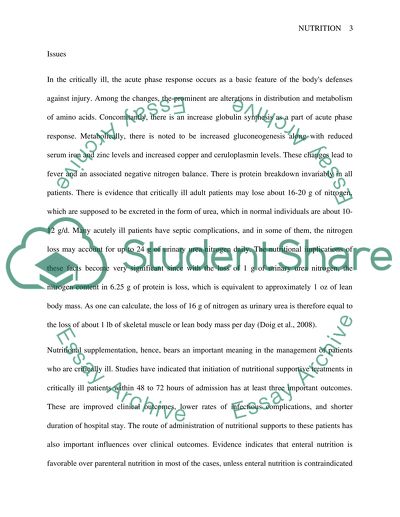Cite this document
(“Nutrition Support of Hospitalized Patients Essay”, n.d.)
Nutrition Support of Hospitalized Patients Essay. Retrieved from https://studentshare.org/miscellaneous/1501870-nutrition-support-of-hospitalized-patients
Nutrition Support of Hospitalized Patients Essay. Retrieved from https://studentshare.org/miscellaneous/1501870-nutrition-support-of-hospitalized-patients
(Nutrition Support of Hospitalized Patients Essay)
Nutrition Support of Hospitalized Patients Essay. https://studentshare.org/miscellaneous/1501870-nutrition-support-of-hospitalized-patients.
Nutrition Support of Hospitalized Patients Essay. https://studentshare.org/miscellaneous/1501870-nutrition-support-of-hospitalized-patients.
“Nutrition Support of Hospitalized Patients Essay”, n.d. https://studentshare.org/miscellaneous/1501870-nutrition-support-of-hospitalized-patients.


